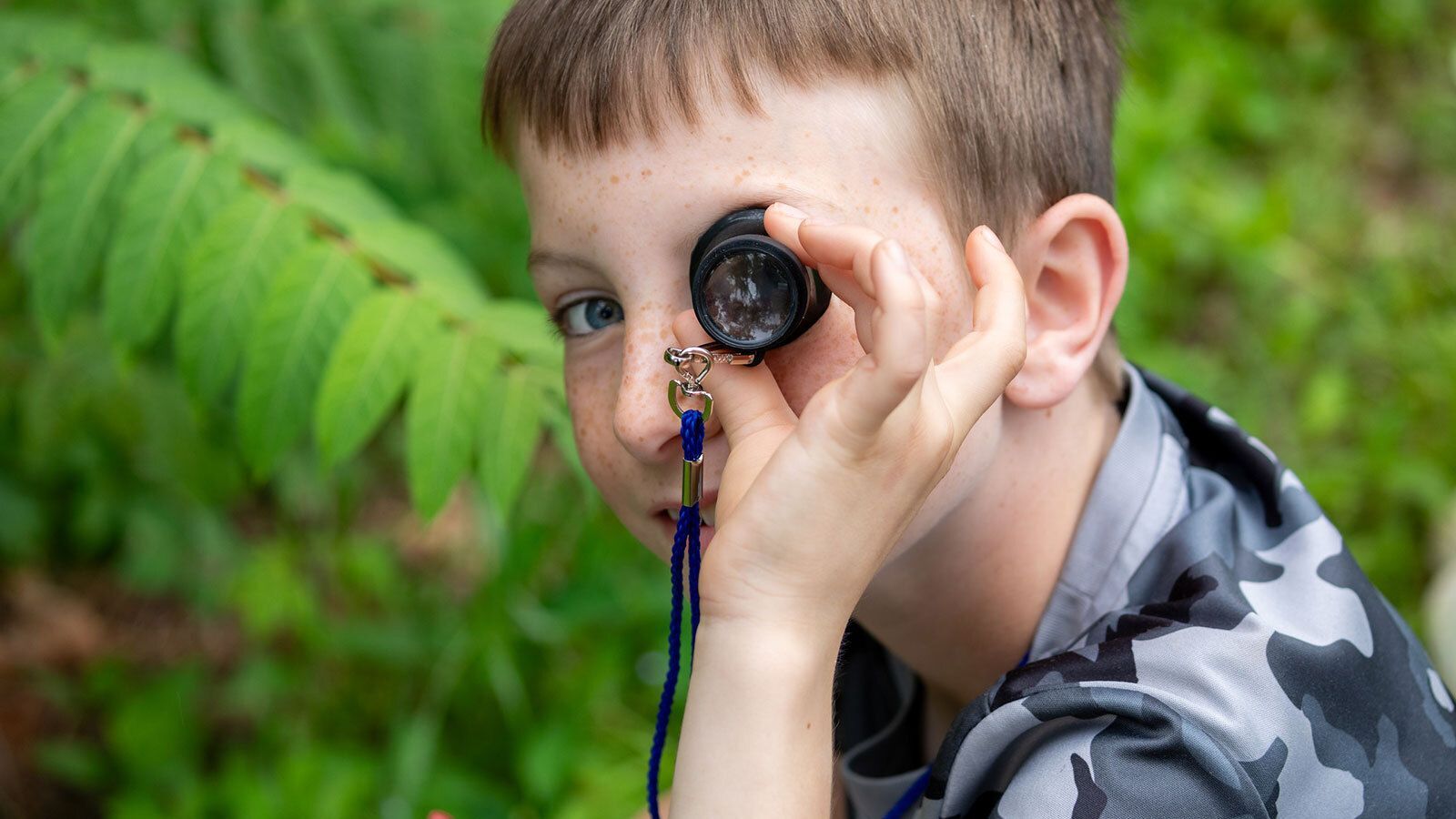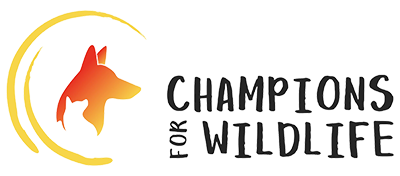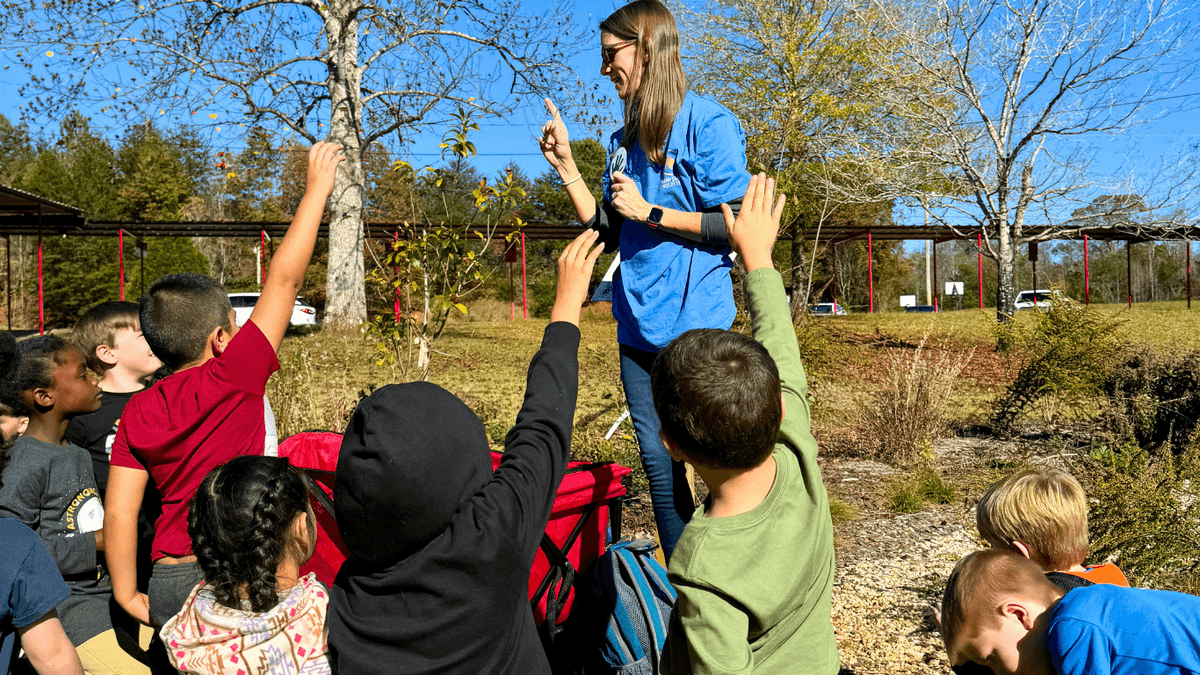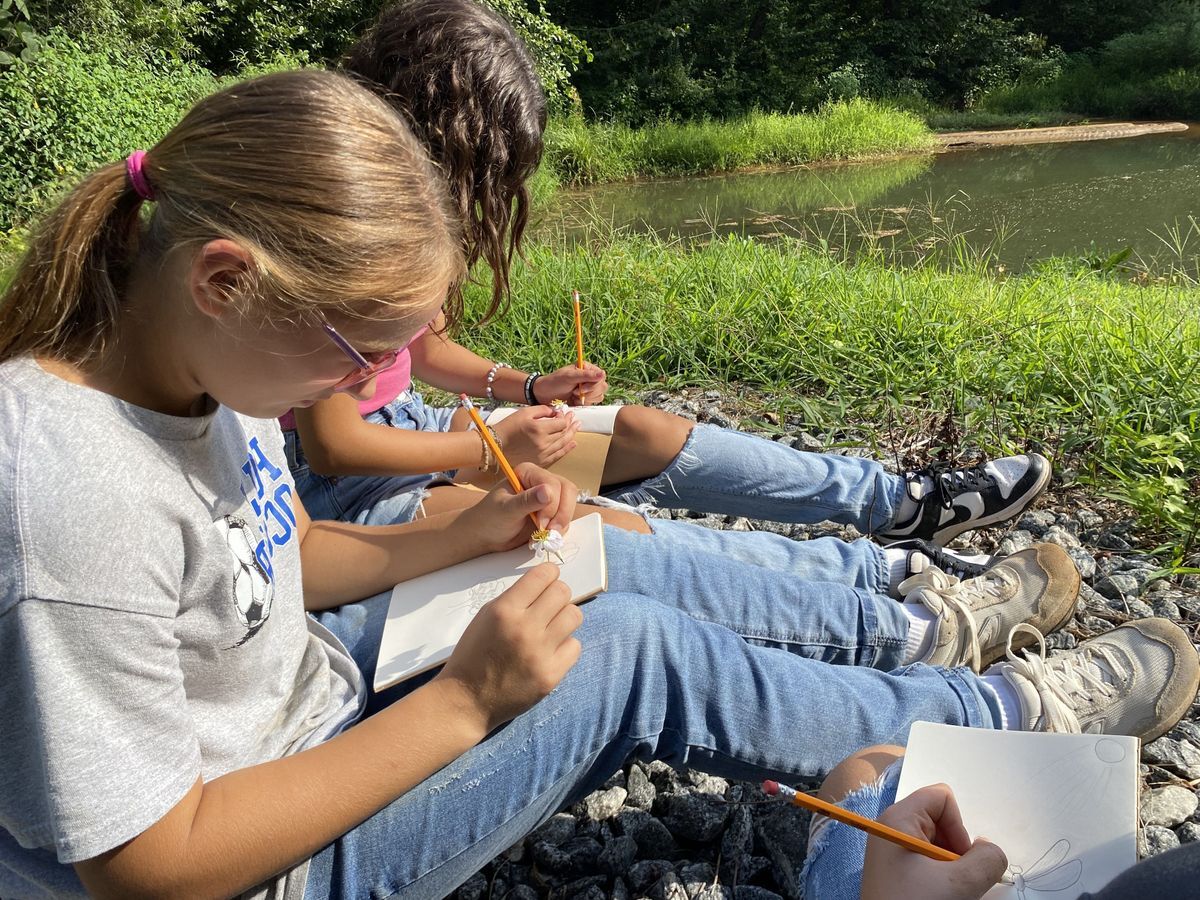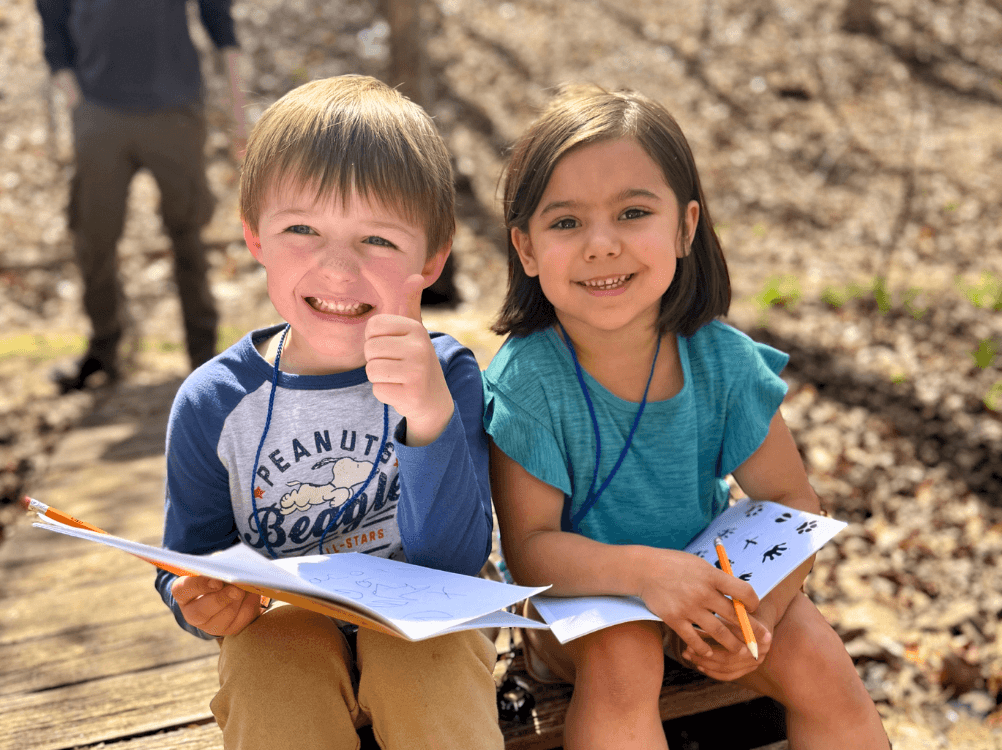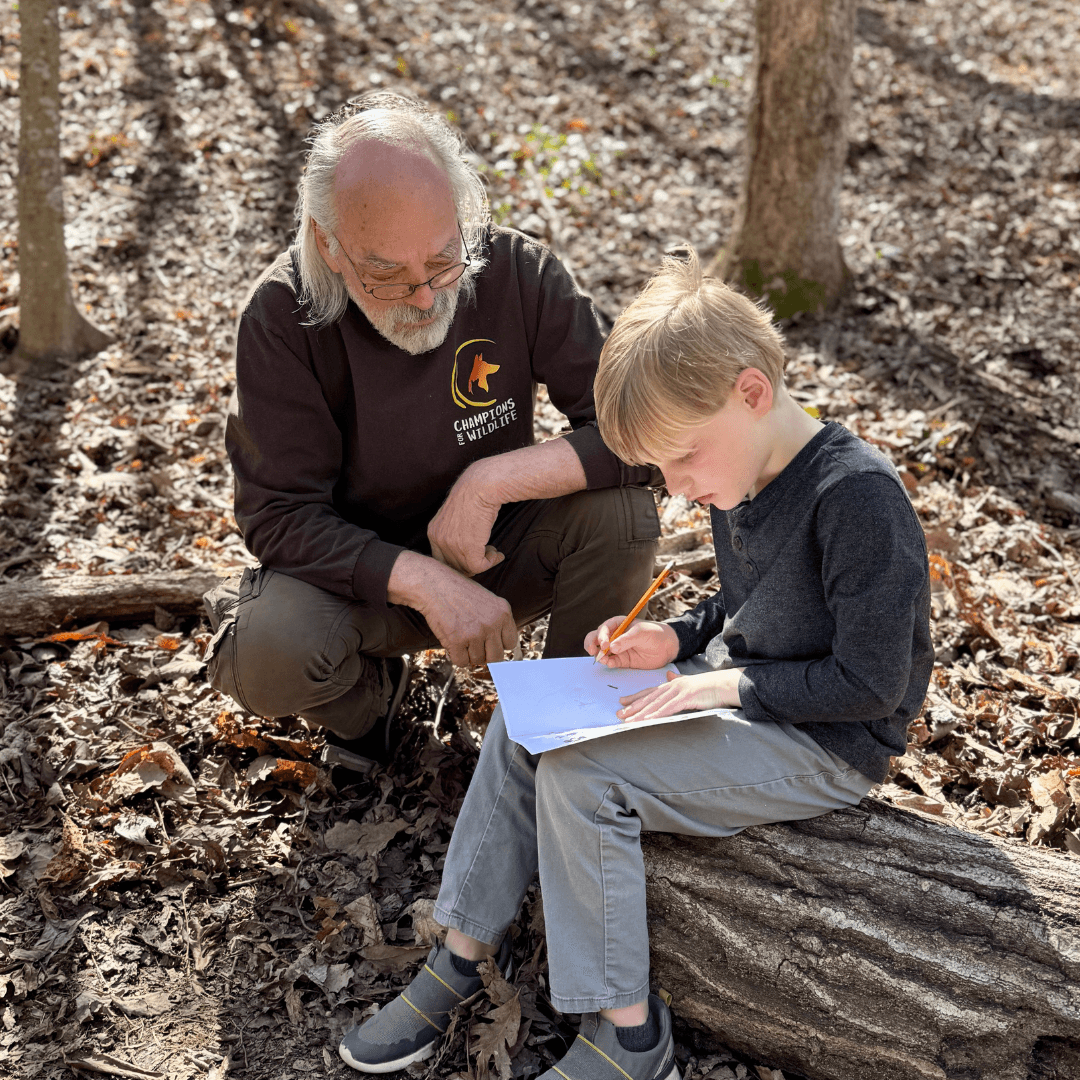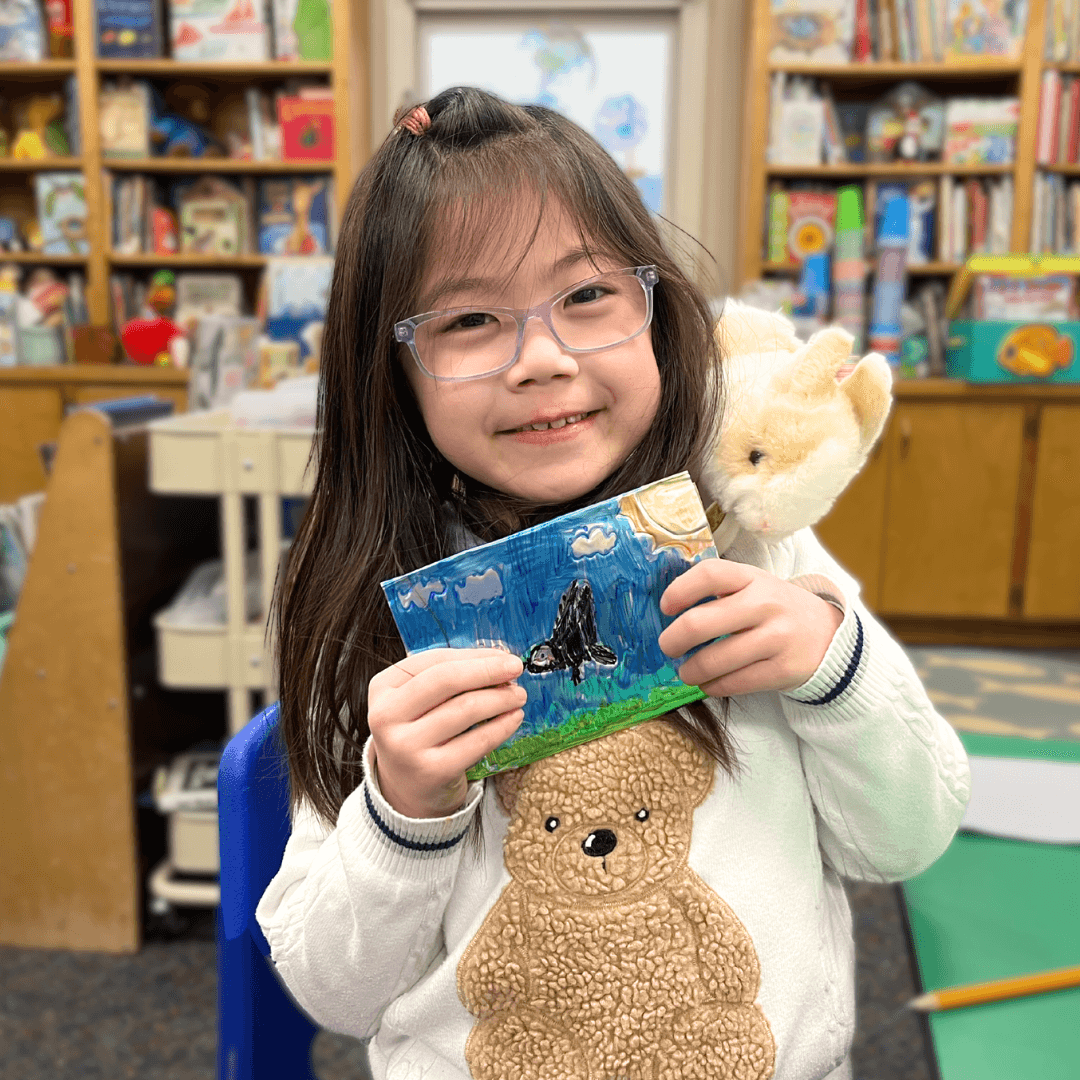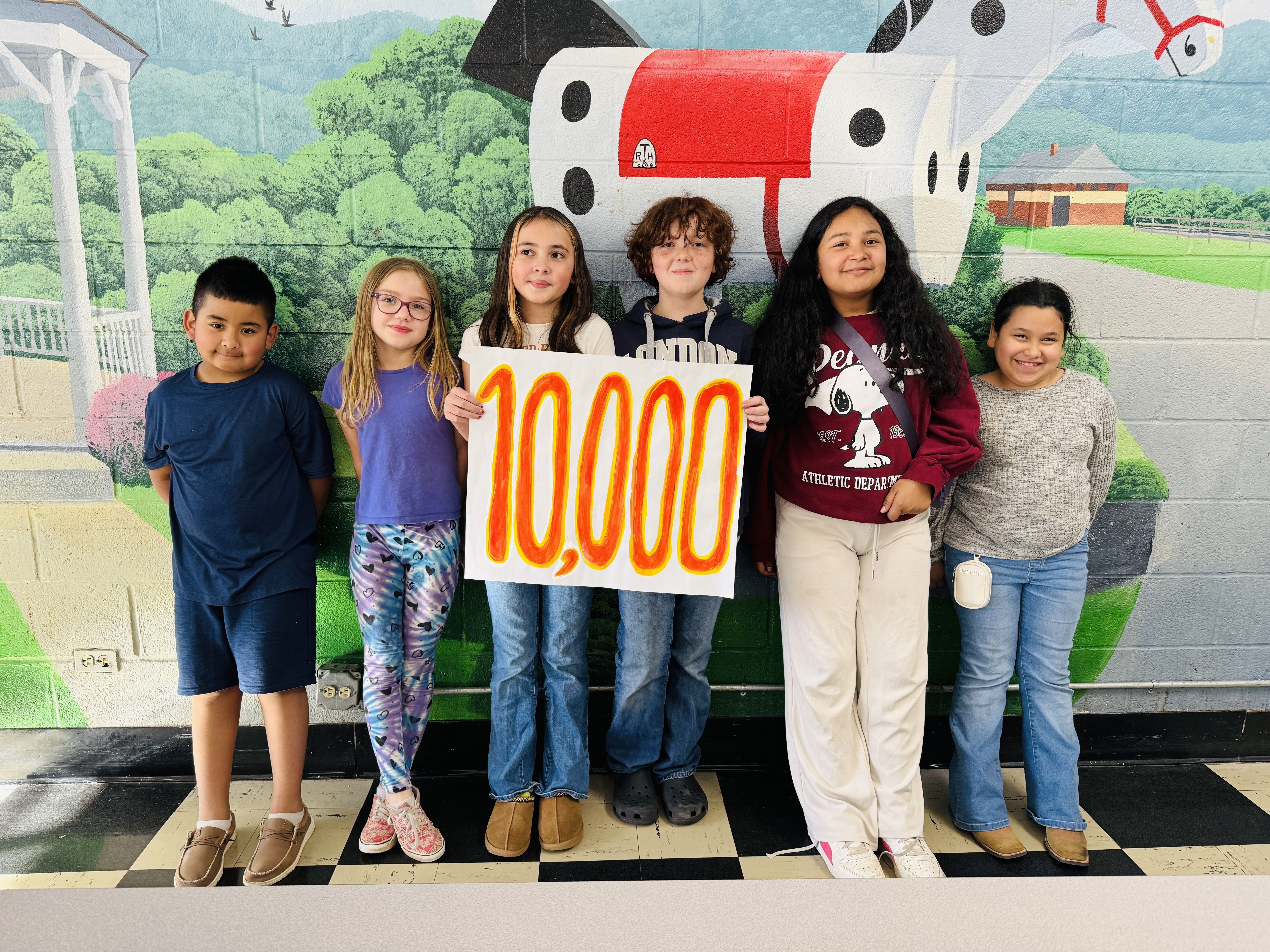-
Discover your path
When kids explore nature through art, they learn to care about animals—and grow up ready to protect them.
-
Every donation helps kids grow, learn, and care for nature.
-
Bring your lessons to life with fun, hands-on activities that teach kids about animals through art.
-
Love animals? Make art, go on adventures, and become a real wildlife champion!
-
Help kids learn and have fun with animals and art.
-
Use your art to help kids care about wildlife. Your creativity can make a big difference.
Featured Wildlife
Curious about the wildlife our kids learn about? Discover the things that make each animal species special through our wildlife discovery pages!
